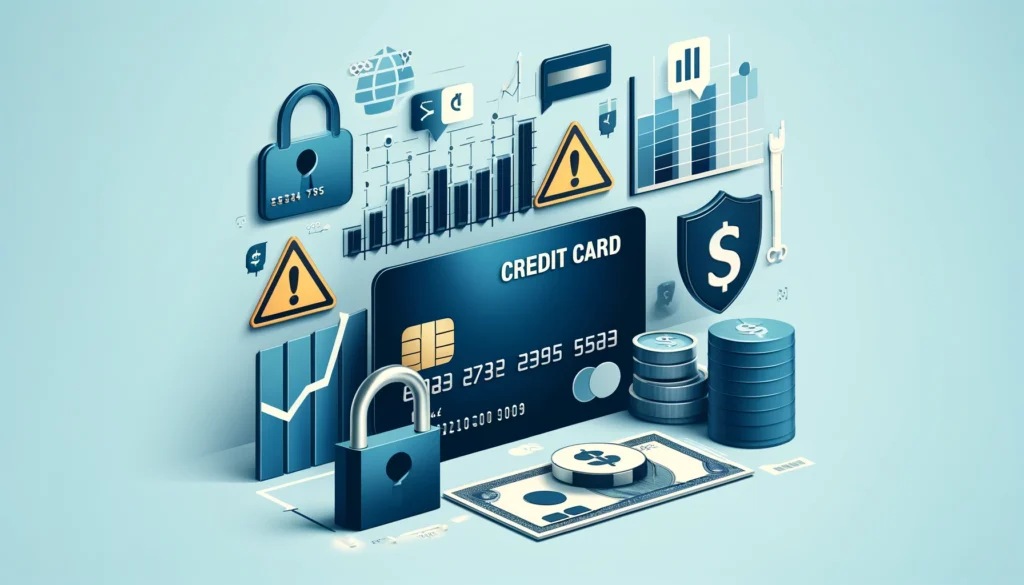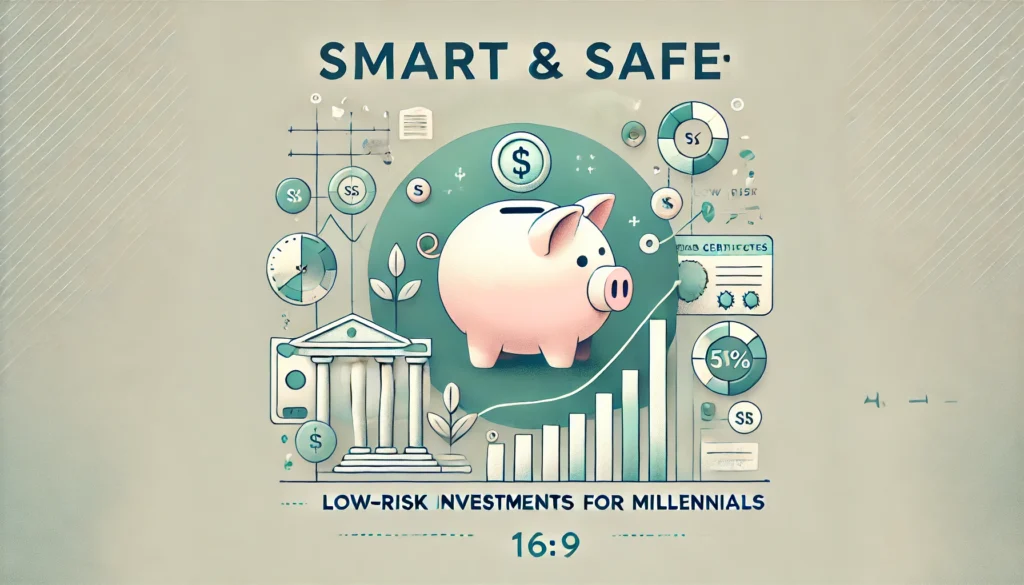Saving money is a cornerstone of building a stable financial future. Whether you’re just starting to take charge of your finances or you’ve been on this journey for a while, learning how to save money effectively can lead to greater opportunities, lower stress levels, and long-term peace of mind. It’s not just about spending less—it’s about understanding your priorities, optimizing your budget, and setting meaningful financial goals.
In this comprehensive guide, we’ll discuss practical budgeting tips, explore tried-and-tested frugal living strategies, and show you how these steps can gradually lead you toward financial independence. By the end of this article, you’ll have a clear roadmap to elevate your financial habits so you can confidently move toward the life you’ve always wanted.’
Section 1: Why Saving Money Matters
1.1 Building an Emergency Fund
The very first reason to save money is to create an emergency fund—your financial safety net. Life is unpredictable, and unexpected costs such as medical bills, car repairs, or unplanned travel can derail your budget if you don’t prepare in advance. According to a survey by the U.S. Federal Reserve, about 40% of Americans would have to rely on borrowing money or selling possessions to cover a $400 emergency expense. Having an emergency fund can prevent costly debt and give you peace of mind.
Key Takeaways:
- Aim to save 3–6 months’ worth of living expenses as a buffer.
- Automate your savings by setting up recurring deposits to a separate account.
- Keep your emergency fund accessible, such as in a high-yield savings account.
1.2 Gaining Financial Security
When you prioritize saving, you gain more control over your life and finances. Regular contributions to savings not only build discipline but also reduce the constant worry of living paycheck to paycheck. Over time, you’ll see tangible results—like avoiding credit card debt or having enough to invest in real estate or the stock market.
Quick Fact: Households that develop consistent savings habits are better positioned to handle layoffs, health crises, and other unforeseen setbacks, significantly reducing stress and anxiety.
Section 2: Actionable Budgeting Tips
2.1 Track Every Dollar
The foundation of budgeting tips is awareness. Before you can optimize your finances, you need to know exactly where your money is going. Start by listing all monthly expenses, from rent and utilities to groceries and entertainment.
How to Do It:
- Use a budgeting app (e.g., Mint, YNAB, or EveryDollar) to track expenses automatically.
- Gather receipts and bank statements from the past three months to identify trends.
- Categorize expenses (housing, food, transport, etc.) and look for red flags.
2.2 The 50/30/20 Rule
This popular budgeting framework simplifies how to allocate your monthly income:
- 50% of income goes to needs (housing, utilities, groceries).
- 30% goes to wants (entertainment, dining out, shopping).
- 20% goes straight into savings and debt repayment.
If 20% seems too high right now, start with a goal of 10%, then gradually increase it as you gain more control. Over time, shifting even a few percentage points toward savings can make a significant impact.
2.3 Zero-Based Budgeting
In zero-based budgeting, you assign a role to every dollar you earn, ensuring your total expenses plus savings/investments match your total income. This method can be beneficial for those who need closer control over monthly spending. By giving every dollar a job, you minimize the risk of impulse spending.
Pro Tip: Revisit your budget every month to adjust allocations. Changes such as pay raises, fluctuating utility bills, or personal goals may require fine-tuning.
2.4 Automate Your Savings
Even the best-laid plans can fail if they rely too much on manual discipline. Automating your finances is one of the simplest and most effective budgeting tips:
- Direct Deposit: If your employer allows it, split your paycheck so a portion directly goes into savings or investments.
- Recurring Transfers: Schedule a monthly transfer from your checking to your savings account—treat it like a mandatory bill.
By automating, you remove the temptation to skip a month of saving and increase the likelihood of meeting your goals consistently.
Section 3: Embracing Frugal Living
3.1 Debunking Frugal Living Myths
“Frugal living” often gets misunderstood as extreme penny-pinching—like avoiding all luxuries or never spending money on fun. In reality, living frugally is about optimizing your resources and maximizing value. It’s a mindset of spending consciously on what truly matters and minimizing wasteful expenses.
Example: You can still enjoy a gym membership if fitness is a priority, but you might cut back on daily coffee runs if they’re adding up to hundreds of dollars a month.
3.2 Focus on Value, Not Cost
When deciding whether to spend money on an item or experience, focus on its long-term value rather than the upfront price. A quality pair of shoes that lasts years could be more cost-effective than multiple pairs of cheap shoes that wear out quickly. Apply the same logic to electronics, appliances, and even grocery items.
Real-Life Example:
- Value-based approach: Buying a higher-end blender once instead of replacing a cheaply made model every couple of years, ultimately saving money in the long run.
3.3 Small Changes That Lead to Big Savings
Frugal living encourages an ongoing optimization process—seemingly small changes can accumulate significant savings over time. Consider adopting some of these tips:
- Meal Planning: Cut down on food waste and last-minute takeout by planning your meals and shopping with a list.
- DIY Mindset: Whether it’s minor home repairs or birthday gifts, doing it yourself often cuts costs and fosters creativity.
- Energy Efficiency: Invest in LED bulbs, unplug electronics when not in use, and consider a programmable thermostat to manage heating/cooling costs.
Frugal Win: If you save $5–$10 every day by making coffee at home or packing a lunch, you could accumulate an additional $1,800–$3,600 in savings per year—enough to pay down debt or boost your investment contributions.
Section 4: Mapping Out Your Path to Financial Independence
4.1 Defining Financial Independence
Financial independence (FI) means having enough passive income or investments to cover your living expenses without needing to work a traditional job. It doesn’t necessarily mean you stop working altogether—you might choose to work on passion projects or switch careers. Still, the key is having the freedom to make those choices without financial constraints.
4.2 Setting Realistic Goals
Much like any journey, financial independence starts with setting milestones. Begin by asking yourself:
- What does FI look like for me? Do I want to retire early, switch careers, or simply have a safety net?
- How much do I need to live comfortably? Evaluate current monthly expenses and potential changes in your lifestyle.
- What timeline makes sense? Consider your age, earning potential, and current level of savings.
Break down these bigger objectives into yearly or monthly savings targets and track your progress. The clarity will keep you motivated.
4.3 Investing in Your Future
While saving money is vital, simply parking all your funds in a low-interest savings account isn’t the best approach for long-term growth. Investing offers the potential to grow your capital at a faster rate. Here are a few avenues to explore:
- Stock Market: Index funds, Exchange-Traded Funds (ETFs), or individual stocks—start small, diversify, and focus on long-term growth.
- Real Estate: Rental properties or REITs (Real Estate Investment Trusts) can provide a steady income stream and potential appreciation in property value.
- Retirement Accounts: 401(k)s or IRAs offer tax advantages and employer matches (in some cases). Take full advantage of any free matching contributions from your employer.
Important: Always consult a financial advisor or do thorough research before making substantial investments.
4.4 Staying the Course
Reaching financial independence doesn’t happen overnight. It requires consistent action, patience, and the ability to adapt as your life evolves. There might be periods of market downturns or personal setbacks. By keeping a clear vision of your goals and regularly revisiting your plan, you stay on track and continue to optimize your finances.
Section 5: Real-Life Examples and Success Stories
5.1 The Power of Consistency: Jane’s Story
Jane, a 30-year-old marketing professional, decided to take control of her finances. She started by tracking her spending, using the 50/30/20 rule, and automating her savings. Over two years:
- She built an emergency fund worth five months’ expenses.
- Increased her 401(k) contributions to 15% of her salary.
- Saved enough to start a part-time freelancing business she was passionate about.
Result: Although she hasn’t yet achieved financial independence, Jane has significantly reduced her financial anxiety, feels empowered, and is on a solid path to meet her long-term goals.
5.2 The Frugal Journey: Tom & Sarah
Tom and Sarah, a couple in their mid-30s, found themselves overspending on restaurant meals, monthly subscriptions, and high-interest debt. Adopting a frugal living mindset, they canceled unnecessary services, cooked at home more often, and tackled their credit card debt with the debt avalanche method (paying off the highest-interest debts first).
Key Wins:
- Saved over $300 a month by meal planning and switching from cable to a cheaper streaming service.
- Became debt-free in under 18 months.
- Began funneling their extra savings into an investment account, aiming for early retirement in their 50s.
Moral: Small, consistent changes can yield significant progress in just a short period.
Conclusion
Saving money isn’t just about denying yourself life’s pleasures—it’s about strategic allocation of your resources to build a better future. From practical budgeting tips that keep you on track each month, to embracing a frugal living mindset that prioritizes value over frivolous spending, each step is designed to move you closer to financial independence.
Whether you’re looking to weather financial storms, free yourself from high-interest debt, or retire early, the principles covered here—tracking every dollar, automating savings, minimizing wasteful costs, and investing for the long haul—will help you design a lifestyle that’s both responsible and fulfilling.
If you’re ready to take the next step, try implementing at least one strategy from this article today. Maybe you set up an automatic savings transfer or create your first zero-based budget. Small actions, taken consistently, will lead to the biggest results.
Let us know in the comments which budgeting tip or frugal living strategy you’ll implement first!
Remember: Every dollar saved can be a step closer to the life you want. Start your journey now and watch your financial goals become a reality.



